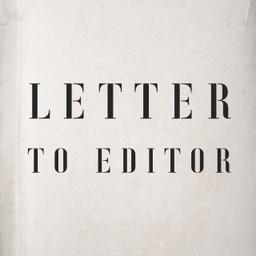After reading Roger L. Simon’s thought-provoking editorial “Has the Time Come to Break Up America?” [published on Sept. 15], perhaps, what America needs is a different type of revolution.
Not one of those nasty, inconvenient Bolshevik, Social Democrat, or anarchist revolutions, full of assassinations, burning cars, and buildings, or attacks on unsuspecting citizens. Those revolutions make us late for work, which is what the USA is all about. What America needs is the sort of revolution that, among other things, reestablishes the Bill of Rights and marks a return to civility among its citizenry (who, at the moment, wouldn’t recognize civility if it smacked them in the head with a bicycle lock).



